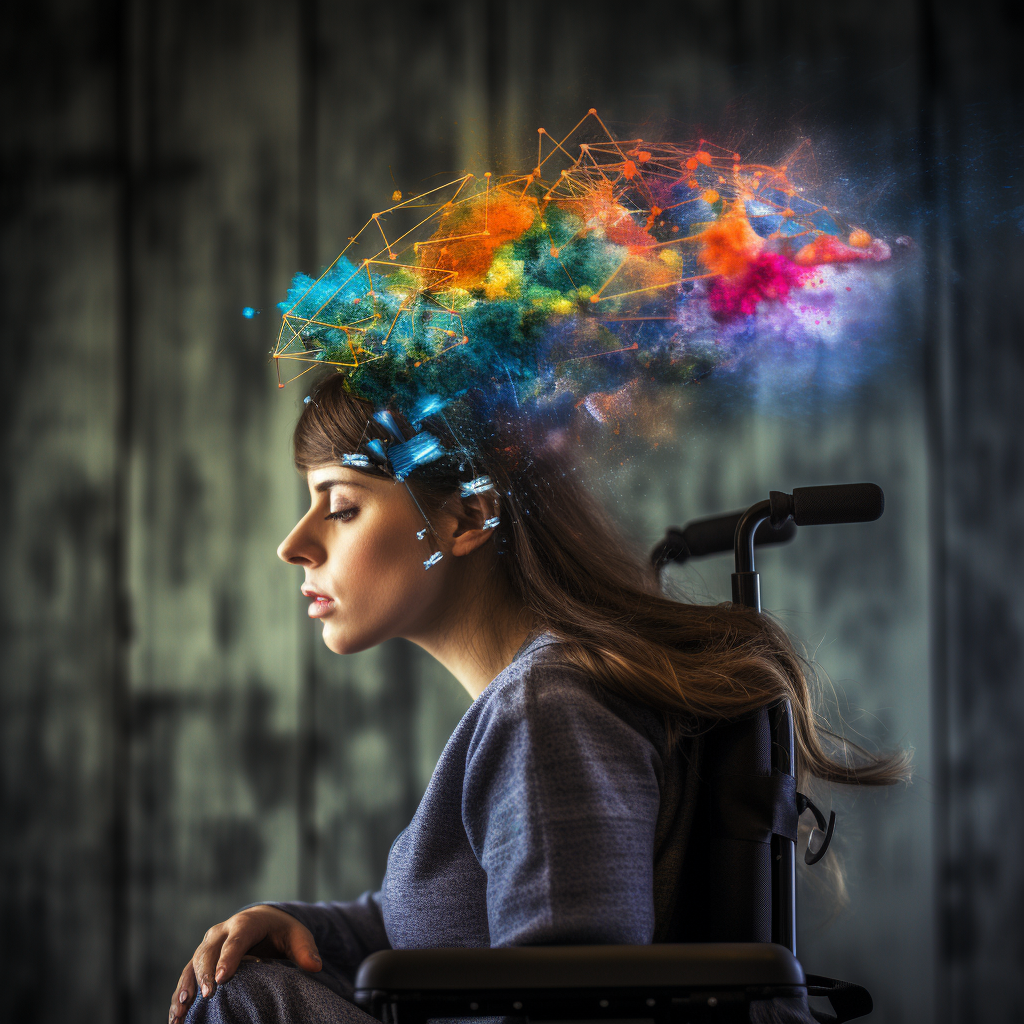August 28, 2023
Revolutionizing Communication for Paralyzed Individuals – The Power of Brain Reading Devices
Book a Demo
Brain reading devices have revolutionized communication for paralyzed individuals in an incredible way. By implanting electrodes in the brain, these devices can detect and interpret neural activity, giving a voice to those who were previously unable to communicate.
The process is simple yet groundbreaking. Paralyzed individuals can simply imagine speaking or writing, and the electrodes in their brains pick up on the corresponding neural signals. These signals are then translated into text or speech, allowing them to effectively express their thoughts and needs.
The impact of this technology has been remarkable. People with severe paralysis, who were once unable to communicate, can now effectively interact with others and regain control over their lives. This breakthrough solution has given them the independence they longed for.
Ongoing research is focused on improving the accuracy and speed of these brain-reading devices. Scientists and engineers are working tirelessly to enhance the technology, making it even more precise and efficient. The goal is to empower paralyzed individuals even further and provide them with a higher level of independence and communication ability.
What sets these devices apart is the use of electrodes implanted in the brain. This method ensures precise detection and interpretation of neural signals, accurately representing an individual’s thoughts and needs. This level of precision is crucial in enabling effective communication for paralyzed individuals.
The potential impact of these brain-reading devices is immense. They have the ability to significantly improve the quality of life for individuals with severe paralysis, restoring their dignity and autonomy. Effective communication opens up countless opportunities for personal growth, social interaction, and integration into society.
Brain reading devices offer a breakthrough solution for paralyzed individuals to communicate independently. Through the use of electrodes implanted in the brain, these devices can detect and interpret neural signals, allowing paralyzed users to generate text or speech. The success of this technology has been remarkable, and ongoing research aims to enhance its accuracy and speed. By offering a means for effective communication, these devices have the potential to significantly improve the quality of life for individuals with severe paralysis.



